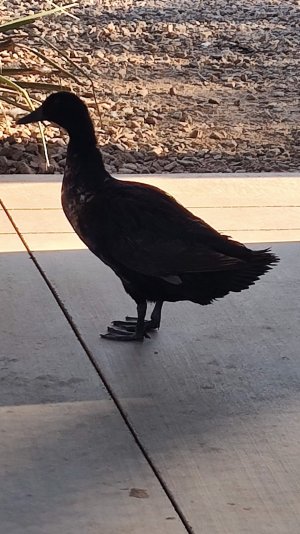If the CA government was really serious about saving water, they would have continuously built water storage reservoirs over the last 26 years. Why do I say 26 years? Because the last reservoir built in CA was Diamond Valley in 1999. Diamond Valley cost $1.9 Billion to build. It can hold 260 billion gallons of water or 800,000 acre feet. It can generate up to 40 megawatts of clean hydroelectric power, enough to power 40,000 homes for a year. Assuming they had to spend 3 times that amount on new reservoirs, had the state decided to use the $205B they are wasting on the train to nowhere (which will likely never be finished nor attract much ridership if it is), they could have built 34 new reservoirs in the state. Assuming they could hold an average of half the water of Diamond Valley, that would be a potential for an additional 8,840,000,000,000 gallons or 27,128,964 acre-feet of water available to us. Assuming those reservoirs could generate half the hydroelectric power of Diamond Valley that would be an additional 680 megawatts, enough to power 680,000 households for a year. And this is not to mention the economic boost and additional jobs these 34 reservoirs could have supported due to the recreational opportunities they would have provided (fishing, boating, skiing, swimming, etc.). But no...they have to have a train.
BTW - the average household use of water in CA is 48 gallons per day per person. CA population is almost 40 million. That's just short of 2 billion gallons a day. If we had these reservoirs and their 8,840,000,000,000 gallons of water, that would be enough water for 4420 days for every resident in the state. And that doesn't count what we already have in the existing reservoirs and the constant replenishment to one degree or another, depending on river flows and rainfall, that will go on over that period of time.
They had something like 17 BILLION set aside to build 8 water storage reservoirs in 2014. Do you know how many they built with all that money over the last 10 years? I'll give you three guesses, and the first two don't count. As already noted, the last reservoir built in CA was Diamond Valley in 1999. So, the real question is, what did they do with that 2014 money? Let's say they actually did build those reservoirs. Remember, they were supposed to build 8 of them. Let's say they held half of what Diamond Valley can hold (DV = 800,000 acre-feet or about 261 BILLION gallons). That would be 1.044 TRILLION gallons of water we don't have now (8 x 130.5 BILLION gallons). The average household usage per day in CA is 55 gallons. There are about 13.3 million households in CA. That would mean there would be 18,981,818,181 average usage days of additional water available. 1427 days' worth of water or nearly 4 YEARS worth of household water use available in CA if we had those reservoirs. And, don't forget, rainfall partially or totally (depending on the year) refills these reservors each year. But, after 17 years we have a few bridges built and zero miles of "high-speed" rail now...right?


